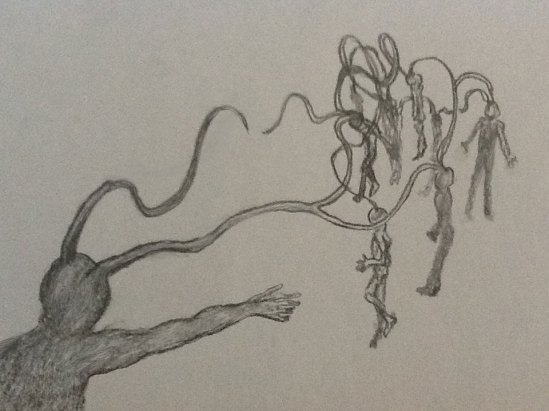Have you ever heard of communities of practice (CoPs) or professional learning communities (PLCs)? They are both forms of collaborative learning and are similar in many ways. Both can be used in various work environments or fields, but are particularly useful in education. Both attempt to improve students’ learning, by sharing ideas and experiences and by giving and receiving feedback. Both can be assisted by information and communication technologies. However, despite their similarities, they are somewhat different.
Communities of practice focus on learners and are based on the idea that learning is inherently social. Not only can students learn from teachers, but they can also learn from each other. The roots of CoP theory began in the 1960s with research by Jean Lave and Etienne Wenger, who studied the education of tailors in Africa. They noticed that people working together in a community of practice actually learned more from other students than their teacher (“Etienne”, 2011). In a CoP, members are united by a common interest and a common practice, yet each contributes something unique to the group. CoPs serve to educate each individual member while simultaneously increasing collective knowledge. CoPs differ from project groups in that individuals tend to come together more naturally and tend to have different goals. Not only can CoPs be helpful, they can also make working more enjoyable.
PLCs, another type of community, focus on teachers and how they can improve the end product of their teaching…the students’ learning. In order to form a PLC, a school principal or department head will form groups of about 5 or 6 teachers, assigning one of them as a leader. A regular meeting time for these teachers is set. The group uses this time to collaborate and discuss creative ways to improve their students’ learning (Adams, 2009). According to Richard DuFour, teachers collaborating in a PLC need to answer three questions: “What should students be learning?”, “How do we know when they have learned it?”, and “How will we respond to learning difficulties?” (Bray, 2009). At each meeting, group members have the opportunity to address specific problems they have encountered. An advantage of these groups is that they can accomplish more than the sum of their parts.
Recent advances in technology have streamlined the formation and practices of CoPs and PLCs. Now, instead of being limited by geographic location (as the learning communities in Africa were), students and teachers can collaborate with others from all over the world, given that they have Internet access. Technology also makes these communities more customizable. Members of learning communities used to be uncontrollable, but now everyone can choose who they want to be part of their personal learning community, using social networks such as Twitter. These personal learning communities are becoming larger than ever, bringing more and more ideas into the fold. To prevent information overload, users can be selective in choosing whom to collaborate with, much in the same way they should be selective when finding research on the Internet. Besides giving people a way to meet each other, the Internet also gives them a forum in which to share ideas and work out problems. These online communities can be used to supplement and enhance face-to-face PLC meetings.
I’m thinking about starting a PLC at my school. How about you?
References:
Adams, C. (2009). The power of collaboration. Instructor, 119(1), 28-31. Retrieved from http://www.scholastic.com/browse/article.jsp?id=3752271
Bray, Barbara. (2009). Does your PLN help your PLC become a CoP? Rethinking Learning. Retrieved from http://my-ecoach.com/blogs.php?action=view_post&blog=8&post=8035
“Etienne Wenger.” T+D 65.4 (2011): 96-97. Academic Search Premier. Web. 18 Dec. 2011.

